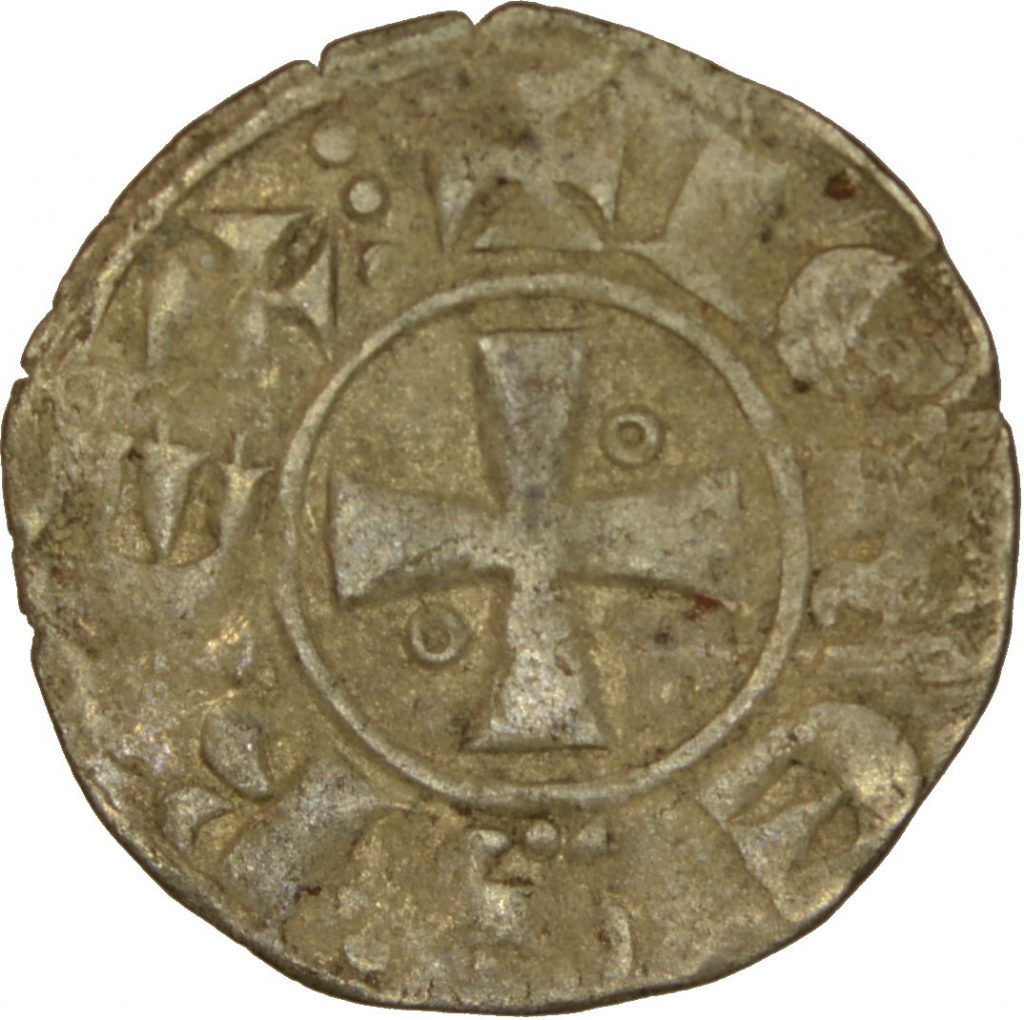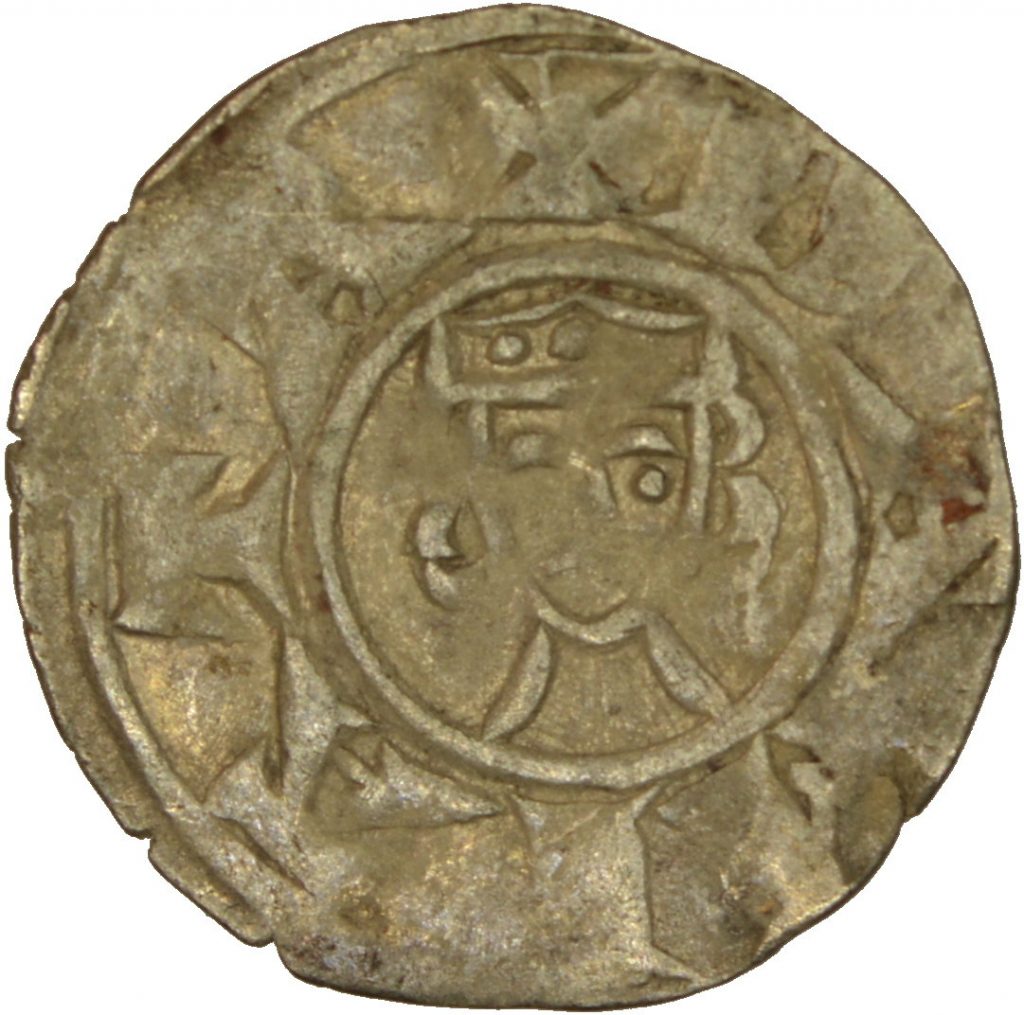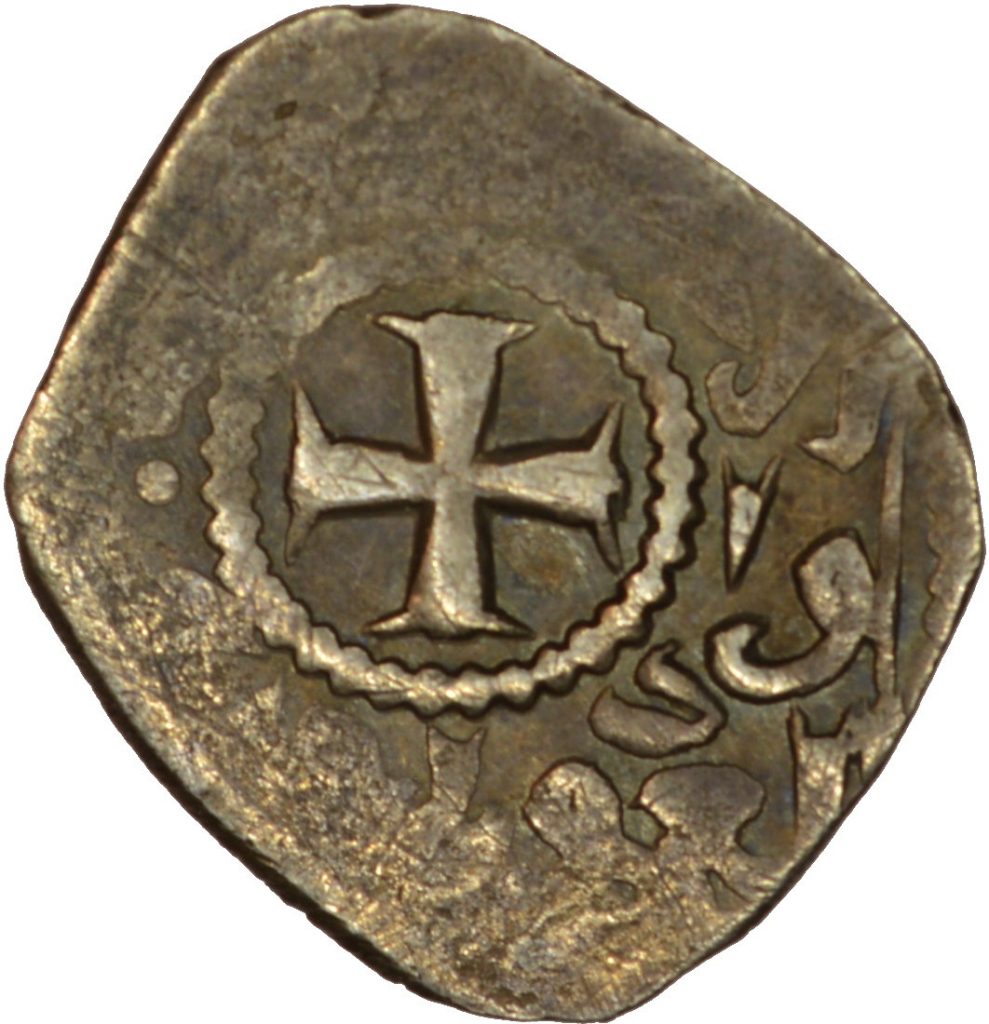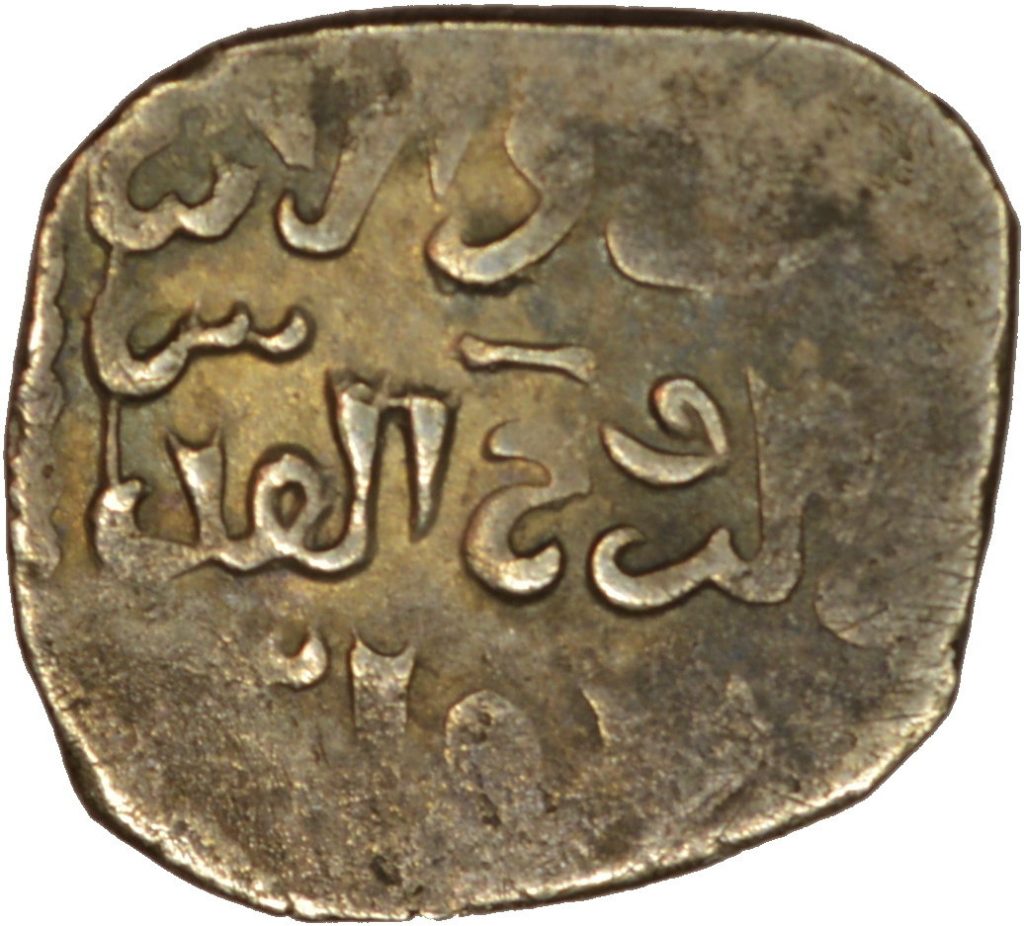The title of King of Jerusalem, is one of the official titles of our monarch Felipe VI. But where does this title come from? Did the Bourbons ever really reign there?
Let’s see how the title is born, and how it reaches our monarch… Godfrey de Bouillon, conquers Jerusalem at the head of the first crusade in the year 1099, and takes the title of King of Jerusalem.
The title passes reasonably until the fall of Jerusalem itself and the death of most of its successors. Thus, when the third crusade arrives (of the most famous with the participation of Ricardo Corazón de León and Felipe II Augusto of France), there are two contenders for the title. Guido de Lusignan, consort of Sibila, but who loses the right to the title when his wife dies, and Conrad of Montferrat, married to Sibila’s sister.
Conrado is favored and Ricardo sells Cyprus to Guido to compensate him. Despite this, Guido continues to use the title of King of Jerusalem until his death. However, Conrad dies as soon as he takes possession, at the hands of the assassins, and his wife Isabella marries Henry of Champagne and, after his death, with Aimery de Lusignan, Guido’s brother, who had already inherited Cyprus from his father. brother.
Again fate is capricious. After Saladin’s death, the Ayyubid kingdom disintegrates, and Aimery awaits the fourth crusade to conquer Egypt, but it will never come, as he ends up conquering Constantinople, and Aimery and his wife Isabella die having started the attacks. Queen Isabella’s youngest daughter with Conrad of Montferrat, Maria. Maria marries Juan de Brienne and dies after giving birth to his first daughter, Isabella. The pope confirms John as King of Jerusalem until his daughter can take over.
The fifth crusade focuses on Egypt with the conquest of Damietta and the wait for the arrival of Emperor Frederick II. But Federico does not arrive and al-Kamil recovers Damietta by overflowing the Nile. Juan de Brienne wanders around Europe asking for help and Federico agrees to marry his daughter Isabella. Isabella dies giving birth to her first son Conrad IV who will never go east.


Denier minted by John of Brienne at Damietta
In any case, Frederick still did not leave for the holy land and the pope excommunicated him in 1227. He commanded an advanced army, and in 1228 he led the sixth crusade and did finally go to the Levant. His army was not large due to the excommunication, but without a doubt his mere presence was enough to obtain important cessions from the Ayyubids without a single battle. Thus, he obtains the cession of Jerusalem and other important cities for Christianity, but the opposition of the papacy means that they are not really integrated into the Kingdom.
Meanwhile, John of Brienne (Frederick’s ex-father-in-law), leads the papal army that invades Frederick’s lands in Italy, and forces Frederick to return to Italy. On the other hand, in the holy land the so-called War of the Lombards intensifies between the imperial side and the local nobility, identified above all by the Ibelins and the Montforts. Finally the local side wins when Conrado comes of age. Conrad dies in 1254 and inherits his rights his son his Conradin, but neither will ever go to the holy land, and local nobles control the regency. With the death of Conradino in 1268 at the hands of Carlos de Anjou, disputes began again.


Imitation dirhem minted in the Kingdom of Jerusalem in 1251
Thus, Hugh III of Cyprus and Mary of Antioch dispute the Kingdom, but the Jerusalem courts reject Mary’s candidacy and Hugh is established as King of Jerusalem. However, in 1277, Maria sold her right to the throne of Jerusalem to Charles of Anjou with the approval of the pope. Hugh, fed up with the squabbling in the Kingdom, had left for Cyprus the previous year, and for the remainder of his reign it would be effectively under Angevin control.
After the Sicilian vespers the situation of the Angevins changes, having to send troops back to Sicily to defend the fiefdom against the Aragonese. Thus, when Hugo III dies, Carlos de Anjou continues to dispute the throne of Jerusalem with Juan I, but when Henry II of Cyprus inherits the throne of his brother with Carlos de Anjou already deceased, he will have no problem regaining control of the Kingdom .


Gros of Henry II of Cyprus with the Jerusalem cross on reverse
The Mamluks had become more belligerent towards the Crusaders since Baibars replaced Qutuz in 1260, and they had gradually driven the Franks out of all the cities. In 1291 the final conquest of Acre, Beirut and Sidon takes place, and Henry II flees to Cyprus where he will continue to use the title of King of Jerusalem.
This Cypriot line will continue to use the title of King of Jerusalem with a division into two lines due to internal disputes. One that will end up in the house of Savoy and the kings of Italy, and another in the Republic of Venice (where Caterina Cornaro deposited her rights). The other important line would be the Angevin line, where the Kingdom of Jerusalem was considered feudatory of the Kingdom of Naples from the moment Charles of Anjou bought the rights of Mary of Antioch with papal approval. That is why when the Aragonese conquer Naples, they also take the title, and in this way it reaches Felipe VI, which is where we wanted to go from the beginning. So no, the Bourbons have never reigned in the holy land, and the closest the Aragonese were, were the dalliances of the Almogavars and the counties of Athens and Neopatria.
